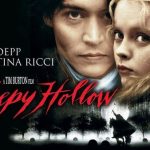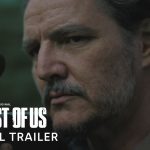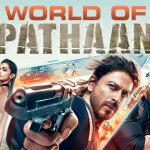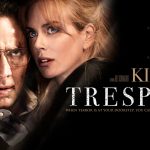The Man Who Shot Liberty Valance (1962)
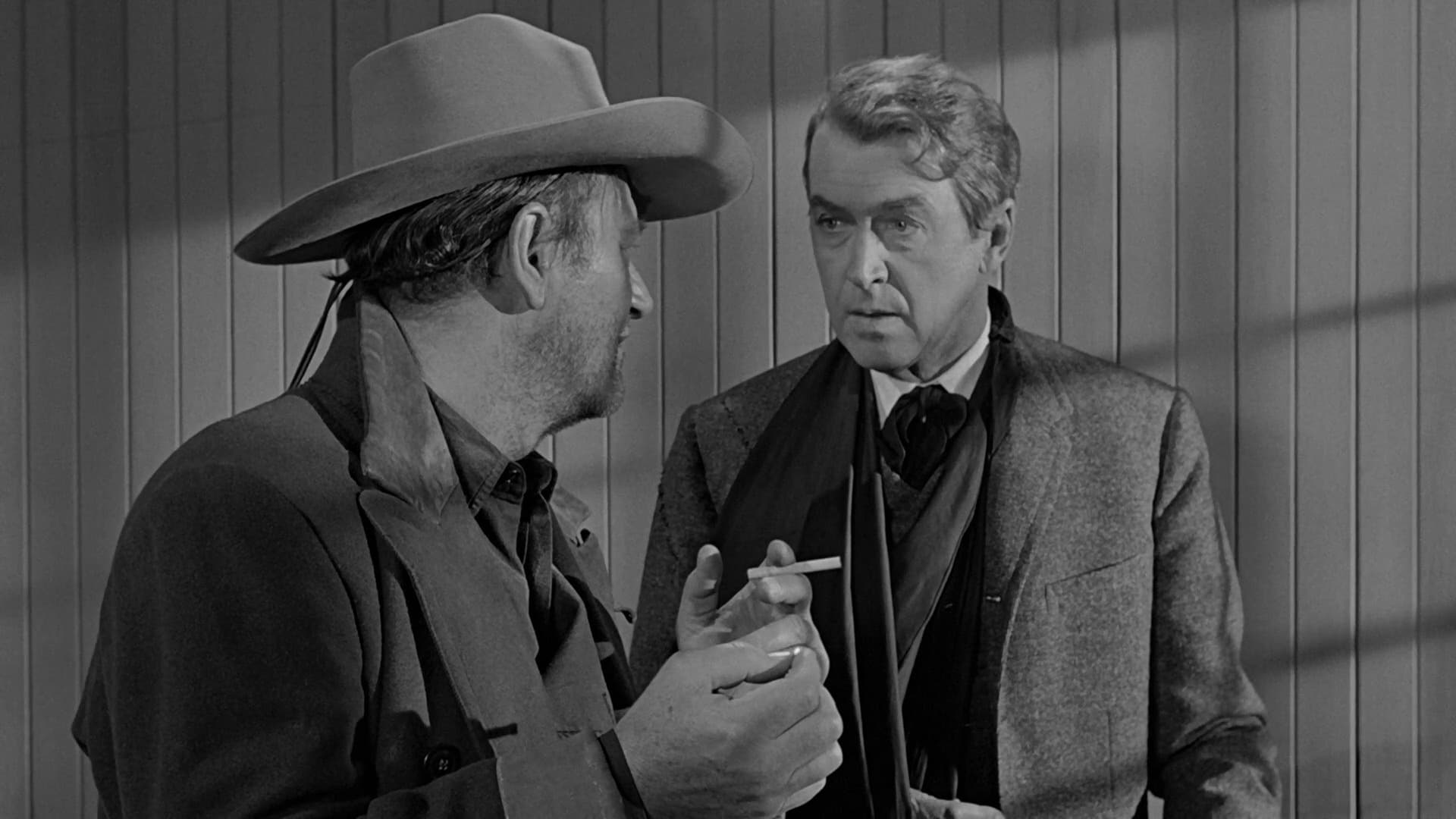
The Man Who Shot Liberty Valance (1962) – A Timeless Western Classic
Introduction
John Ford’s The Man Who Shot Liberty Valance (1962) is widely regarded as one of the greatest Westerns of all time. Starring James Stewart, John Wayne, and Lee Marvin, the film presents a gripping story that challenges the myths and realities of the American West. Unlike the expansive landscapes seen in Ford’s earlier Westerns, this movie focuses more on intimate storytelling, political themes, and moral dilemmas.
With its deep narrative, unforgettable characters, and an iconic quote—“When the legend becomes fact, print the legend”—this film has left an indelible mark on the genre. In this review, we’ll explore the movie’s plot, performances, themes, cinematography, and its lasting impact on the Western genre and cinema as a whole.
Plot Summary
The story begins with an aging senator, Ransom “Ranse” Stoddard (James Stewart), returning with his wife Hallie (Vera Miles) to the small town of Shinbone to attend the funeral of an old friend, Tom Doniphon (John Wayne). The town’s newspaper editor presses Stoddard for details about Doniphon, prompting a flashback that recounts the senator’s past and the truth behind his fame.
Years earlier, Ransom Stoddard, a young and idealistic lawyer, arrives in Shinbone determined to bring law and order to the Wild West. However, he soon runs afoul of the notorious outlaw Liberty Valance (Lee Marvin), who terrorizes the town with brutality and violence. Stoddard’s belief in justice and the rule of law is tested as he refuses to carry a gun, believing instead in due process.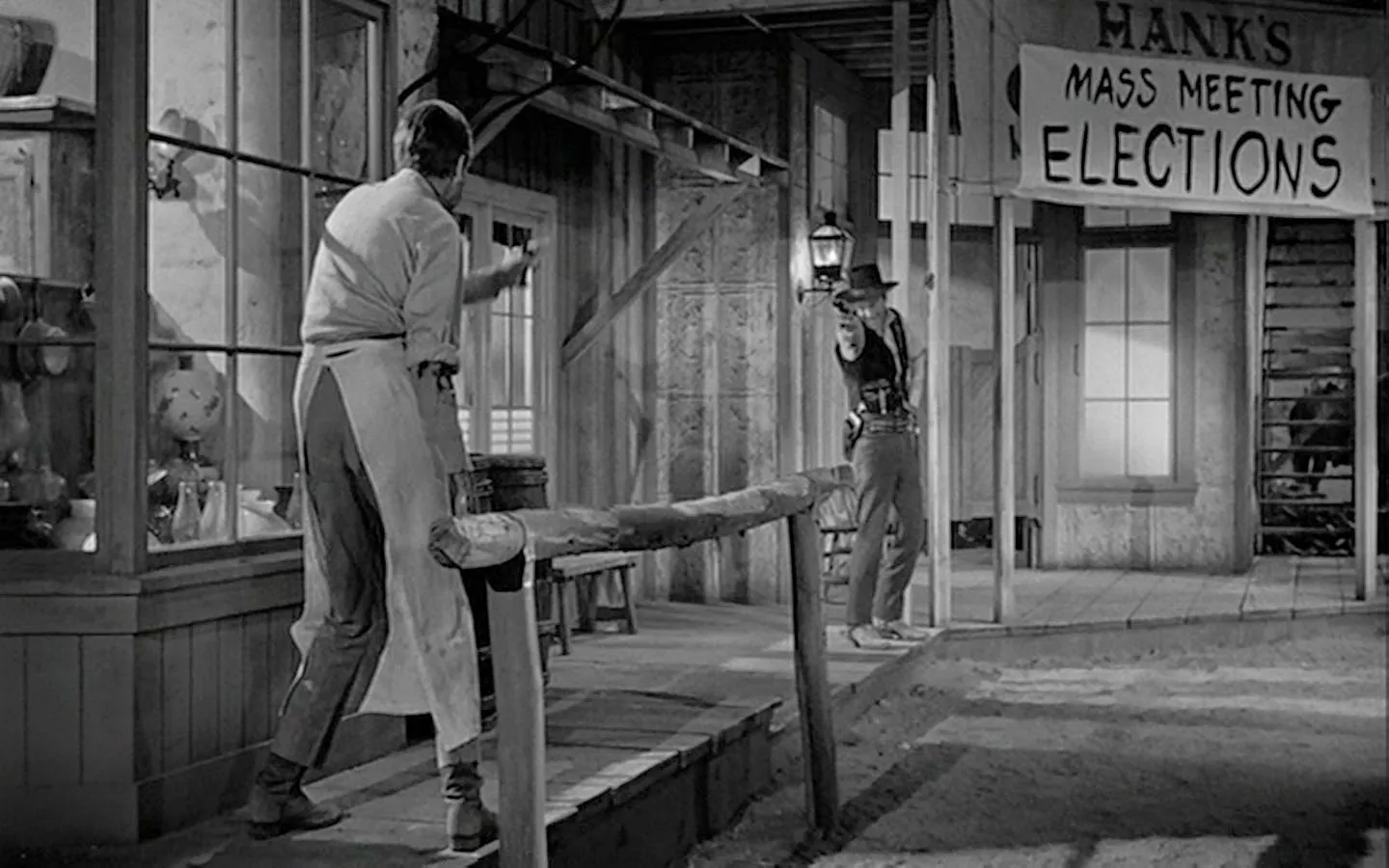
Tom Doniphon, the embodiment of the old West’s rugged individualism, sees Stoddard as naive but gradually comes to respect his courage. As tensions escalate, Stoddard is forced into a deadly showdown with Liberty Valance. Against all odds, he seemingly kills the outlaw, instantly earning the town’s admiration and setting him on a political path.
However, the real truth is far more complicated. In a crucial revelation, Doniphon confesses that he was the one who actually shot Liberty Valance from the shadows. Understanding that Stoddard’s victory is what the town needs to advance toward statehood and progress, Doniphon allows him to take the credit. The weight of this secret burdens Stoddard, but he ultimately embraces the legend that grants him power and influence.
Back in the present, after recounting the story, Stoddard is stunned when the newspaper editor refuses to publish the truth, stating the film’s most famous line: “This is the West, sir. When the legend becomes fact, print the legend.”
Themes and Analysis
The Conflict Between Civilization and the Old West
One of the film’s central themes is the transition from lawlessness to civilization. Stoddard represents the future—a world where laws and order replace violence and personal vengeance. On the other hand, Doniphon represents the fading Wild West, where justice is often carried out by a gun. The film shows that progress often comes at the cost of those who helped pave the way.
The Myth of the West
Ford’s film critiques the way history is often shaped by legends rather than facts. By allowing Stoddard’s version of events to persist, the film suggests that myths are sometimes more powerful than the truth in shaping society’s identity. This theme resonates deeply in American history, where figures like Wyatt Earp and Billy the Kid have become larger-than-life legends, often obscuring reality.
Heroism and Sacrifice
Tom Doniphon’s character is the film’s unsung hero, sacrificing his love for Hallie and his own future for the greater good. Unlike Stoddard, who gains fame and political success, Doniphon’s contribution is forgotten. His unacknowledged heroism is a poignant reminder of those who shape history but remain in the shadows.
Political Undertones
The film also explores the role of politics in shaping the future. Stoddard’s rise from lawyer to senator is a reflection of how power often depends on perception rather than reality. The film subtly critiques political systems that thrive on manufactured narratives rather than unvarnished truth.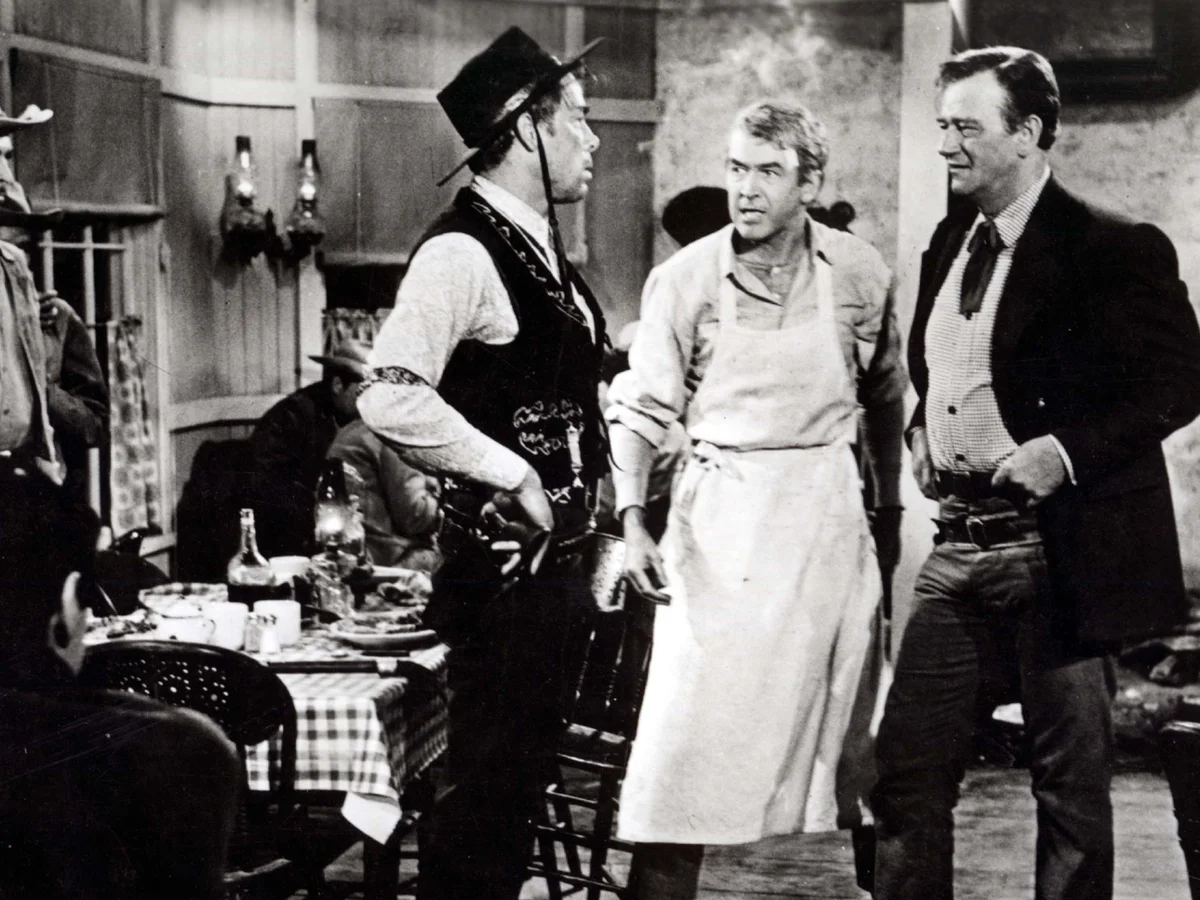
Performances and Character Analysis
James Stewart as Ransom Stoddard
Stewart brings his signature everyman charm to Stoddard, making him a relatable and compelling protagonist. His performance captures the character’s inner conflict—his struggle between integrity and the burden of carrying a false legacy.
John Wayne as Tom Doniphon
Wayne delivers one of his finest performances as Doniphon, portraying a tough yet deeply human cowboy. Unlike his usual roles as the invincible Western hero, here he plays a tragic figure, making the character one of his most nuanced portrayals.
Lee Marvin as Liberty Valance
Marvin’s portrayal of Liberty Valance is menacing and unforgettable. He embodies pure chaos, a symbol of unchecked violence in a lawless land. His performance makes Valance one of the most memorable villains in Western cinema.
Vera Miles as Hallie Stoddard
While Vera Miles’ character is not as central as the three male leads, she serves as a bridge between the past and present. Her love for Doniphon and eventual marriage to Stoddard adds depth to the film’s emotional core.
Cinematography and Direction
Unlike Ford’s earlier Westerns, which showcased vast outdoor landscapes, The Man Who Shot Liberty Valance is filmed mostly on indoor sets with stark black-and-white cinematography. This stylistic choice reinforces the film’s introspective and noir-like atmosphere, emphasizing moral ambiguity rather than epic grandeur.
Ford’s direction is masterful, using shadows and lighting to highlight key moments. The film’s intimate framing focuses on characters’ expressions, enhancing the dramatic weight of their interactions. The climactic gunfight scene is brilliantly shot, emphasizing tension over action.
Impact and Legacy
Upon its release, The Man Who Shot Liberty Valance was met with critical acclaim, though some audiences were surprised by its darker tone and lack of sweeping Western landscapes. Over time, however, it has grown in stature, now regarded as one of Ford’s finest films and a landmark of the Western genre.
The movie’s deconstruction of Western myths influenced later films such as Unforgiven (1992) and No Country for Old Men (2007), both of which question traditional notions of heroism. The film’s famous line—“Print the legend”—has become a widely referenced quote in discussions about media, politics, and history.
In 2007, The Man Who Shot Liberty Valance was selected for preservation in the United States National Film Registry for being “culturally, historically, or aesthetically significant.”
Conclusion
The Man Who Shot Liberty Valance is more than just a Western—it’s a powerful meditation on truth, sacrifice, and the way history is written. With stellar performances from James Stewart, John Wayne, and Lee Marvin, along with John Ford’s masterful direction, the film remains a must-watch for any cinema enthusiast.
Its enduring themes make it relevant even today, proving that the myths we choose to believe often shape our reality more than the facts themselves. Whether you’re a fan of classic Westerns or thought-provoking cinema, The Man Who Shot Liberty Valance is a film that deserves to be experienced and discussed for generations to come.
